Equipment
What really happens during a putter fitting?
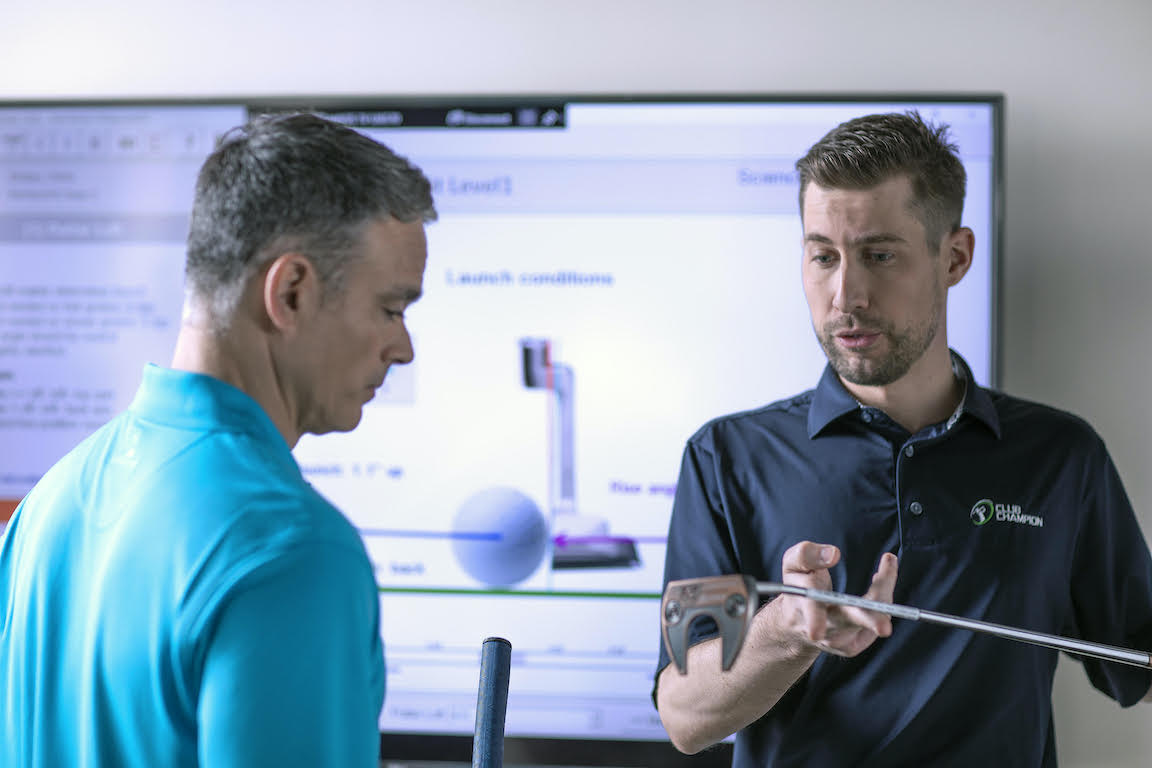
With all due respect to the flastick, it’s probably safe to say when most golfers envision a club fitting, the last “club” they are thinking about is the putter.
Dial in a driver, optimize your bag setup and gapping, find the right irons and shaft combination — even wedge fittings probably garner more attention.
Should they? Shouldn’t we be paying more attention to making sure the club we use on every hole — with which the margins are the slimmest — is optimal? Shouldn’t the process of putter calibration be more sophisticated than grabbing one off the rack that feels good and you holed a couple of putts with on the equivalent of outdoor carpet?
The team at Club Champion, the nation’s No. 1 club fitter, certainly think so, and they were kind enough to answer a few questions on the subject of putter fitting.
And we’d be remiss if we didn’t mention golfers get their fitting fee waived all September long at Club Champion — a $100 value — this month when they purchase a new putter.
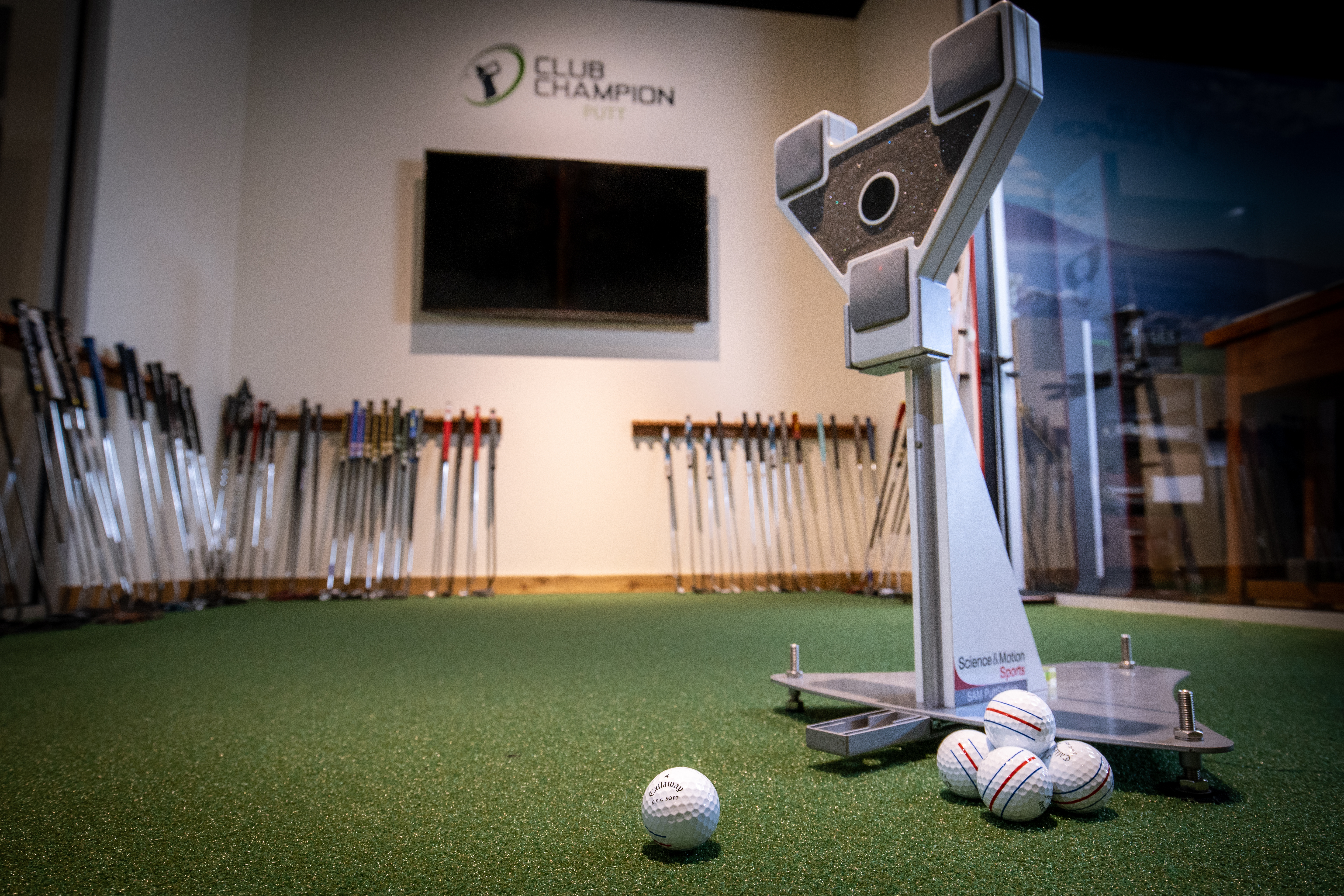
GolfWRX: Why is putter fitting important, first of all?
Club Champion: So many reasons, but the easiest to understand is that the putter is the only club you use on every hole. It’s not a full-swing club so it’s not as sexy as a driver when people think of fitting — you aren’t gaining distance or obvious bragging rights. Instead, you’re dialing in your control on the greens, which is where the most strokes can be saved. For most average players, putts account for 40% of their strokes…there’s a ton of room for error there if your putter isn’t the proper head style, weight, length, and so on.
GolfWRX: What should a golfer bring to a putter fitting?
CC: Their current gamer and an open mind. We find that putters, more often than many other clubs, tend to be an emotional purchase versus a performance-based one. Putters are so stylized and can be so beautiful, so we see a lot of people coming in with preconceived notions about which brands or models they’re dying to have in the bag, but that isn’t always the right option for their stroke. Having an open mind and trusting the SAM PuttLab data is just as important as trusting the numbers in front of you when TrackMan is telling you which driver is the best performer.
GolfWRX: Is a putter fitting done as part of a full-bag fitting, or what is the process?
CC: The putter is included in our full bag fittings and we offer putter fittings as a separate fitting type as well. The best value is to do the whole bag at once but there are plenty of people who want to experience a putter fitting on its own.
GolfWRX: How do the goals of a putter fitting differ from (or are similar to) the full-bag fitting?
CC: At the end of the day, all fittings share the same goal of lowering your scores. A putter fitting is a slightly different approach, in that we use SAM PuttLab technology instead of TrackMan, but we have a similar process — set a baseline with your gamer, use that data to dial in the club specs you need, test your options, recommend the best performer. We’re looking for more control, better feel, consistency and more.
GolfWRX: What is the process for putter fitting?
CC: As stated above, we’re starting with your gamer. We use the SAM PuttLab system to collect dozens of metrics about your stroke with your current putter; everything from your face at impact to your spin to your lie at impact and so on. We then take the data generated by SAM PuttLab to dial in the ideal head style (mallet, blade, etc.) and then we go from there. We’re looking at everything — weight, toe hang, even sightlines and shaft options — to make sure that you’re aiming properly and staying on-line each time.
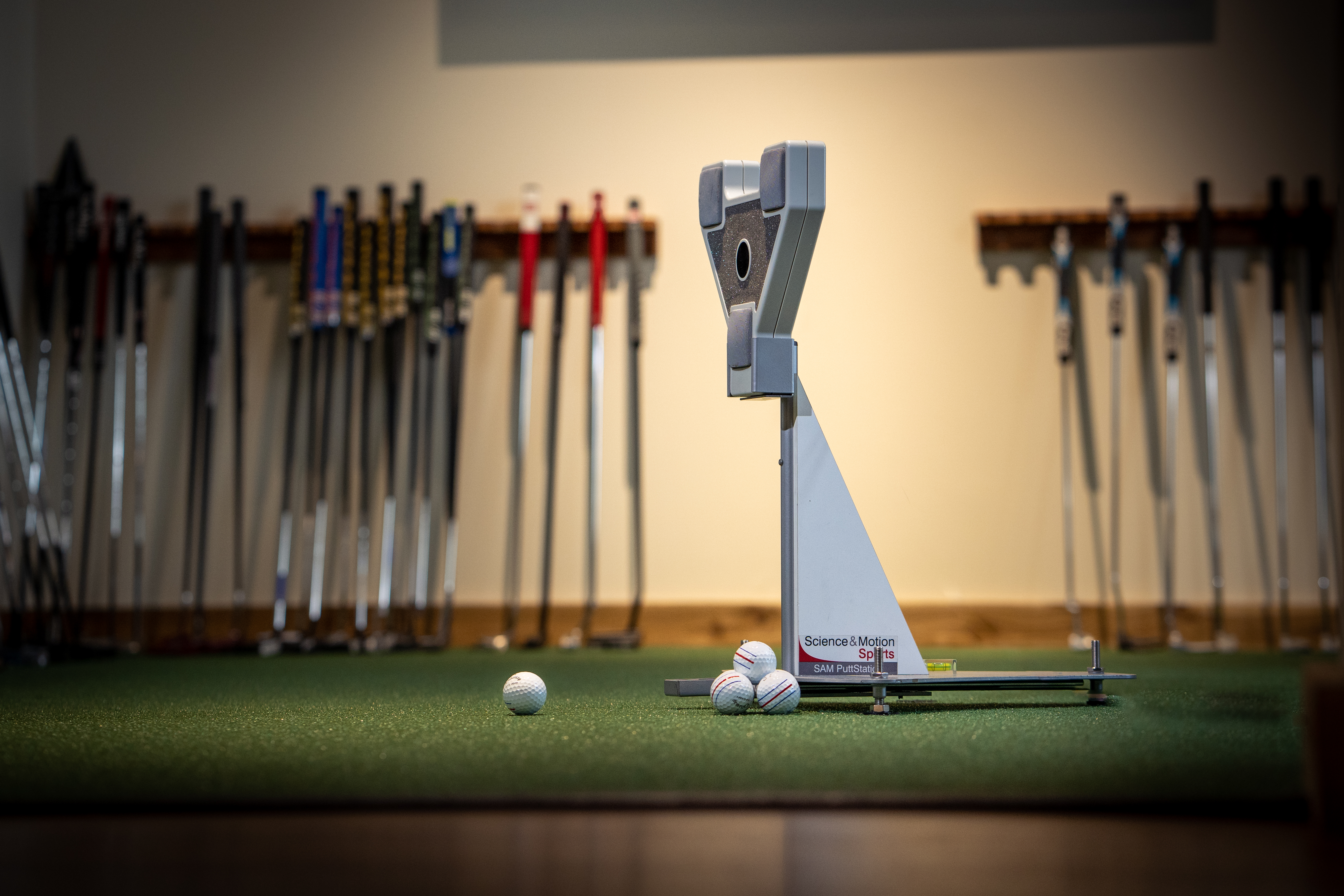
GolfWRX: In terms of results, what do most golfers see?
CC: There’s no one-size-fits-all result in any fitting, but we usually see a measurable difference in speed control. When your putter looks and feels right, you’re able to better judge distances and the force needed to get the putter to the hole. We also tend to see a correction for common problems — consistent left or right misses and so on.
GolfWRX: If a player likes to switch between putters for different green speeds or has a few putters in rotation, what do you suggest s/he does?
CC: We don’t see this often, but we always try to dial in the basics like length and grip size so there’s consistency across all options. Then, we take a look at their specific uses for each putter and work on tweaking the other elements to best suit those uses.
GolfWRX: How often should a player be fit for a putter? Is it best to do it before, during, or after the season?
CC: There’s never a bad time to be fitted but before the season makes the most sense. Frequency is really dependent on the player and what they’re looking to get out of their game but a rule of thumb is to check in on your gamer annually to be sure lofts/lies are still dialed in, to replace grips, etc.
GolfWRX: Do you ever recommend non-traditional putter styles?
CC: Yes! We have a couple armlock options, including the SIK putter that Bryson plays. We worked on an exclusive Bettinardi collaboration that yielded a great long-neck option. We even have a couple putters that stand up on their own so you can read the green with the putter lined up. We have a little bit of everything.
- LIKE52
- LEGIT9
- WOW2
- LOL2
- IDHT1
- FLOP6
- OB1
- SHANK15
Whats in the Bag
Drew Brees WITB 2024 (April)
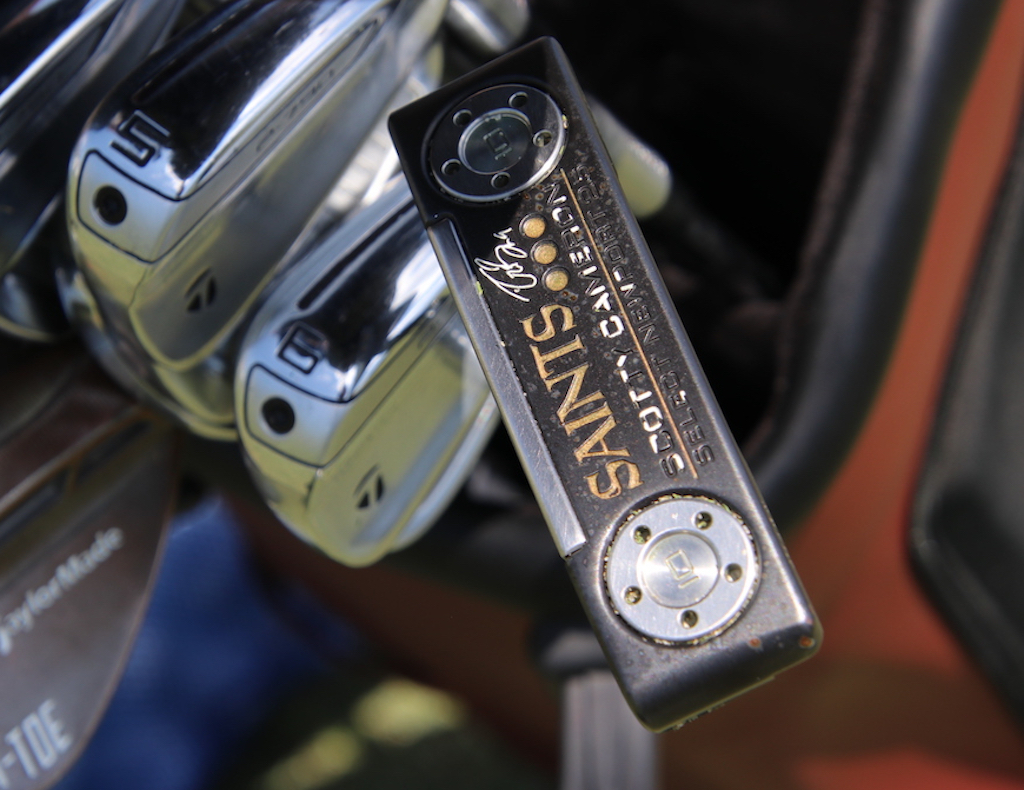
View this post on Instagram
Driver: TaylorMade Stealth 2 Plus (10.5 degrees)
Mini driver: TaylorMade BRNR Mini Copper (13.5 degrees)
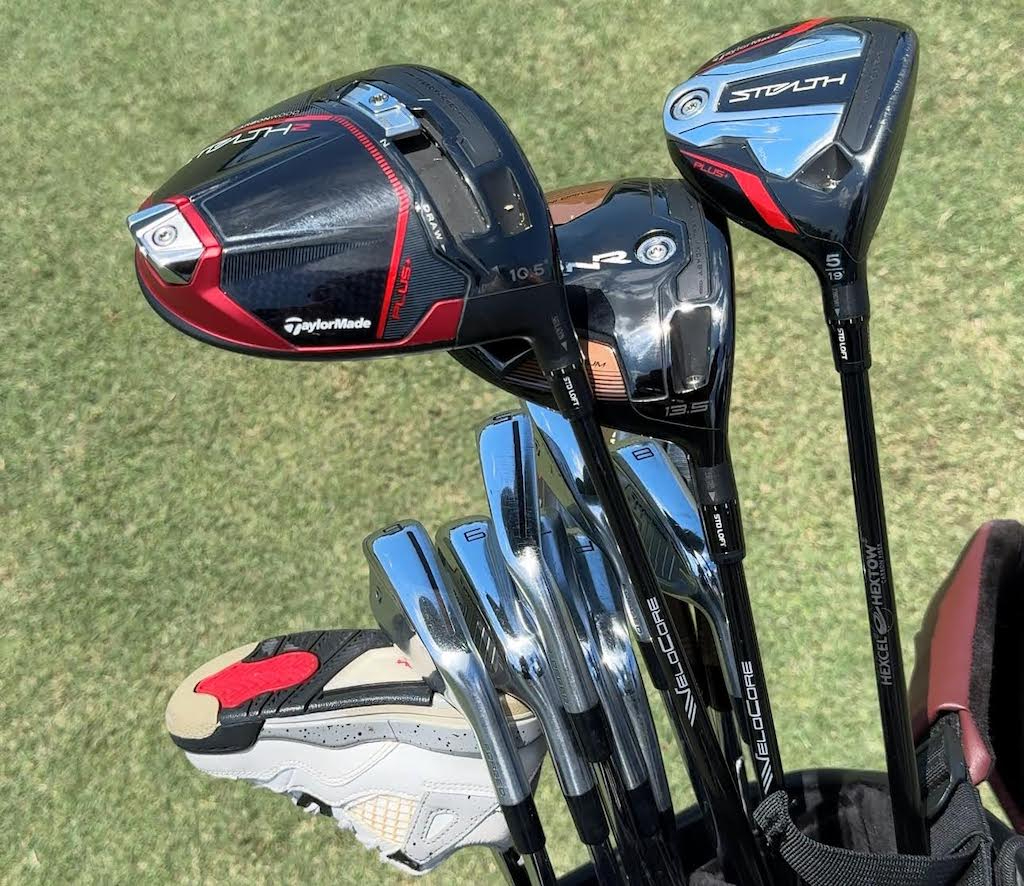
5-wood: TaylorMade Stealth Plus (19 degrees)
Irons: TaylorMade P790 (4-8, PW), TaylorMade P760 (9)
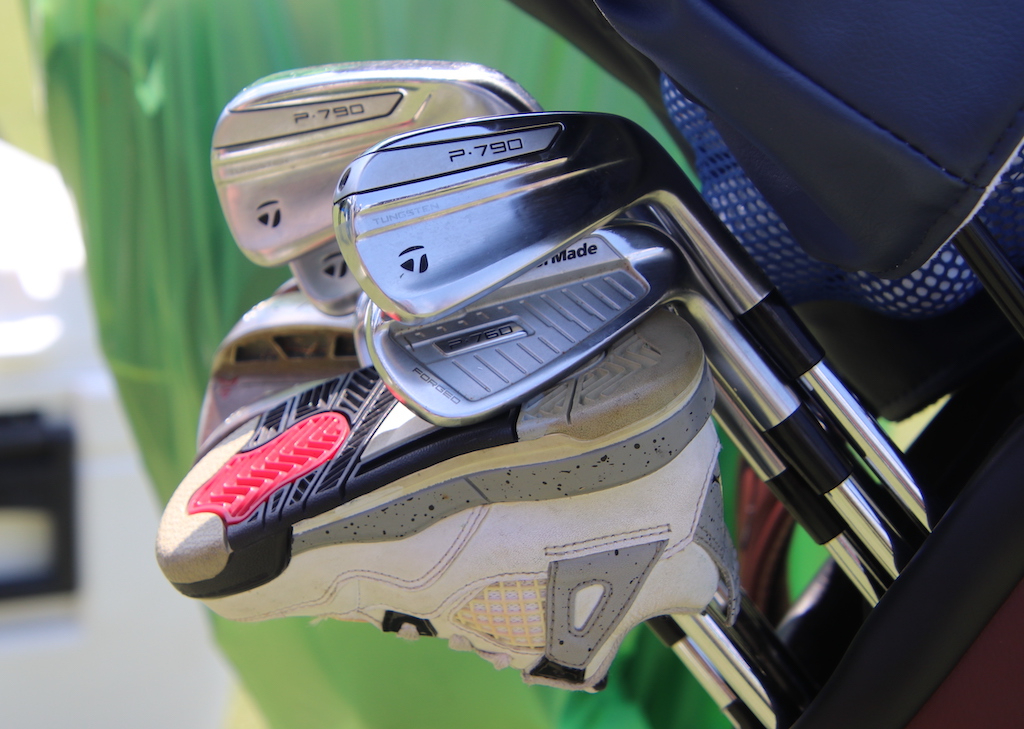
Wedges: TaylorMade MG Hi-Toe (52-09, 56-10, 60)
Putter: Scotty Cameron Select Newport 2 Prototype

Check out more in-hand photos of Drew Brees’ clubs here.
- LIKE0
- LEGIT0
- WOW0
- LOL0
- IDHT0
- FLOP0
- OB0
- SHANK0
Equipment
Putter Roundup: 2024 Zurich Classic of New Orleans
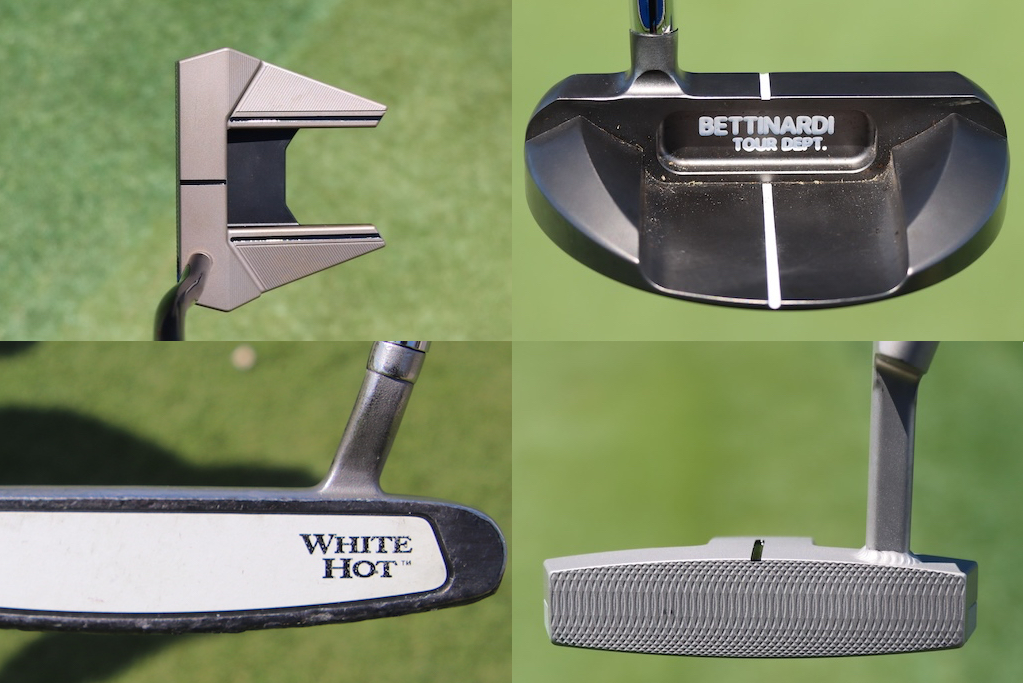
We always get some great photos of some phenomenal putters at tour events and love to share them. Here are a few from the 2024 Zurich Classic that caught our eye and seemed interesting. (And as a reminder, you can check out all our photos from New Orleans here)
MJ Daffue’s Scotty Cameron T-11 Prototype
MJ is going with the new Scotty Cameron T-11 Prototype this week. The putter is a multi-piece mallet that puts an emphasis on stability with the wings on the back. Daffue’s putter does have a design that differs from retail with a monotone finish, which eliminates the black paint on the aluminum parts that we see at retail. He also has a half siteline milled into the top and an L-neck welded on for some additional toe hang. The face features a deeper milling that should offer a softer feel and slightly quieter sound.
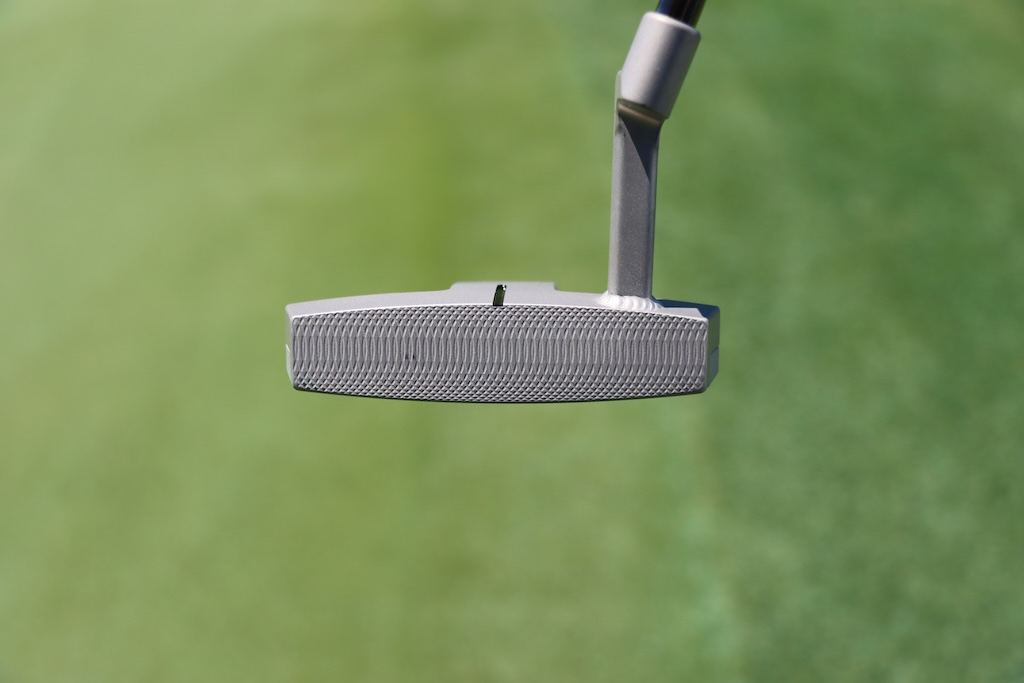
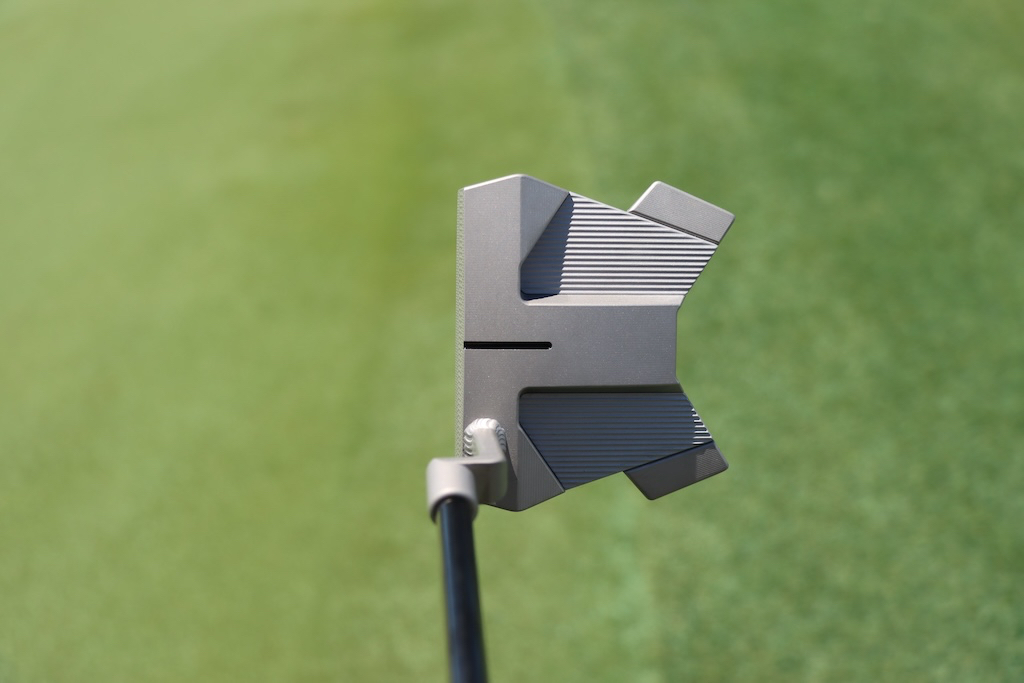
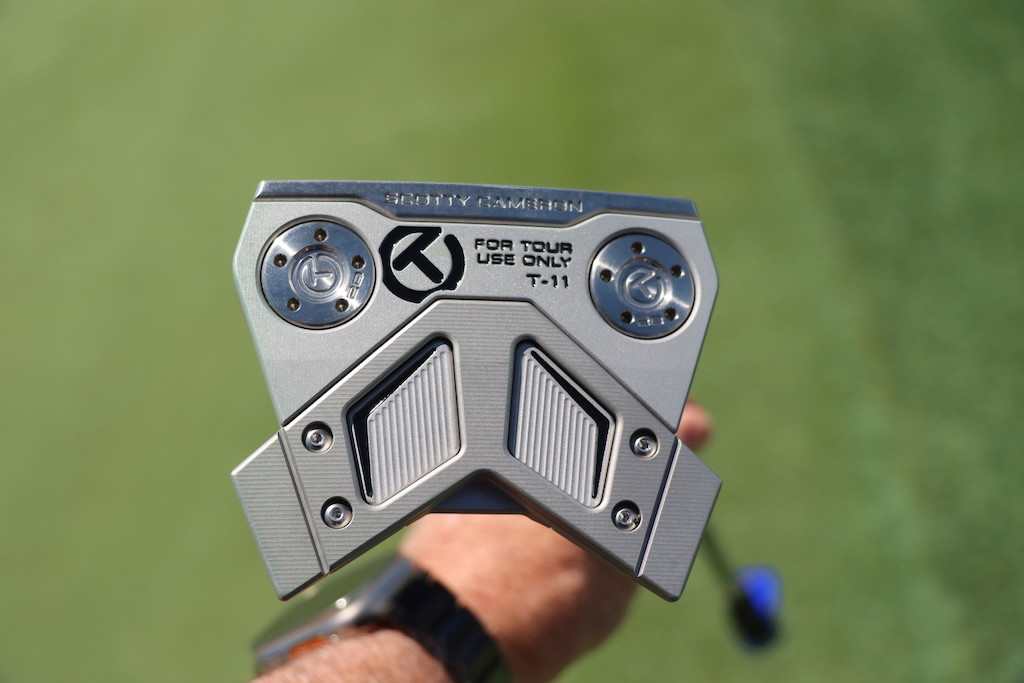
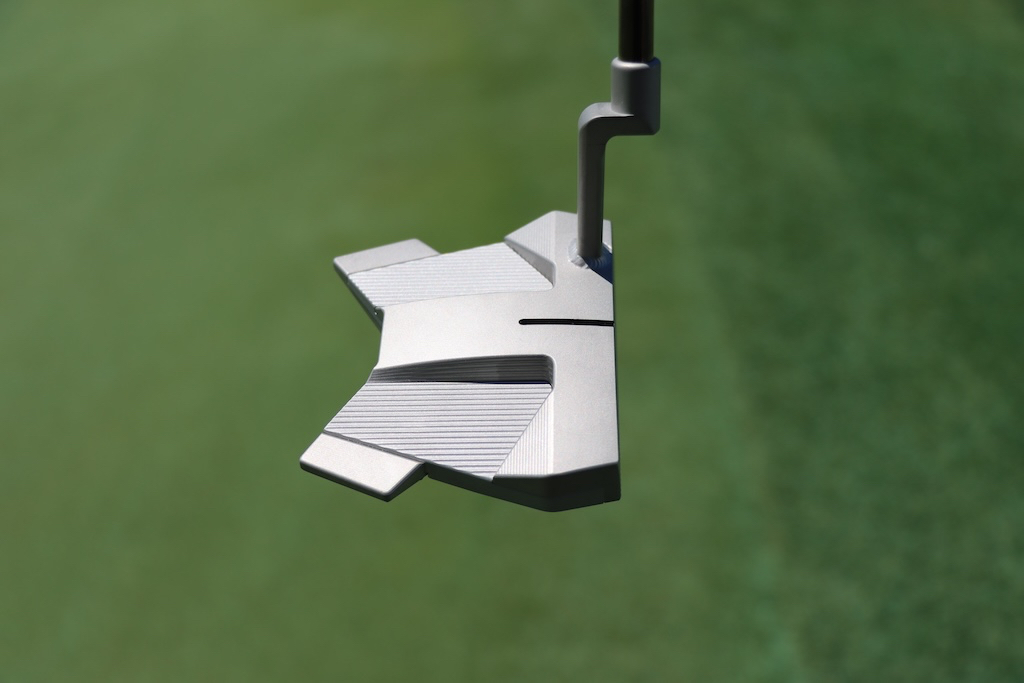
Scotty Cameron T-7.5 Prototype
We spotted a few different Scotty Cameron Phantom models with modified rear flanges. It looks like the straight black flange was cut into a half circle for a little softer look at address. On this T-7.5, you can still see the raw aluminum from the back view, so this might have been a last-minute job to get them out on tour. The semi-circle also has a white line on it, maybe to frame the ball differently.
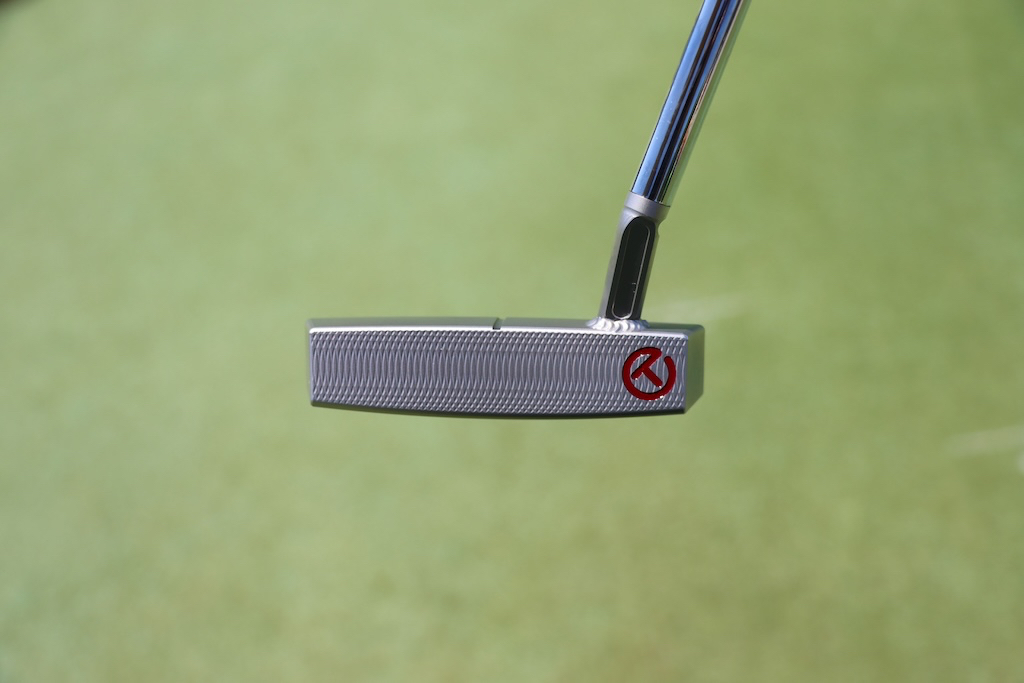
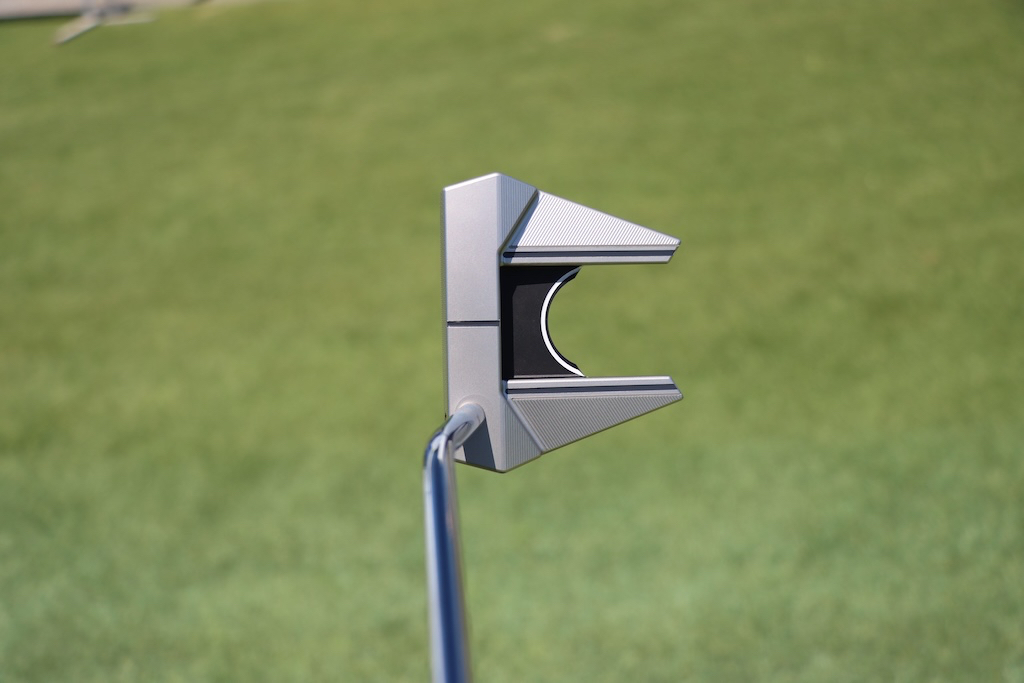
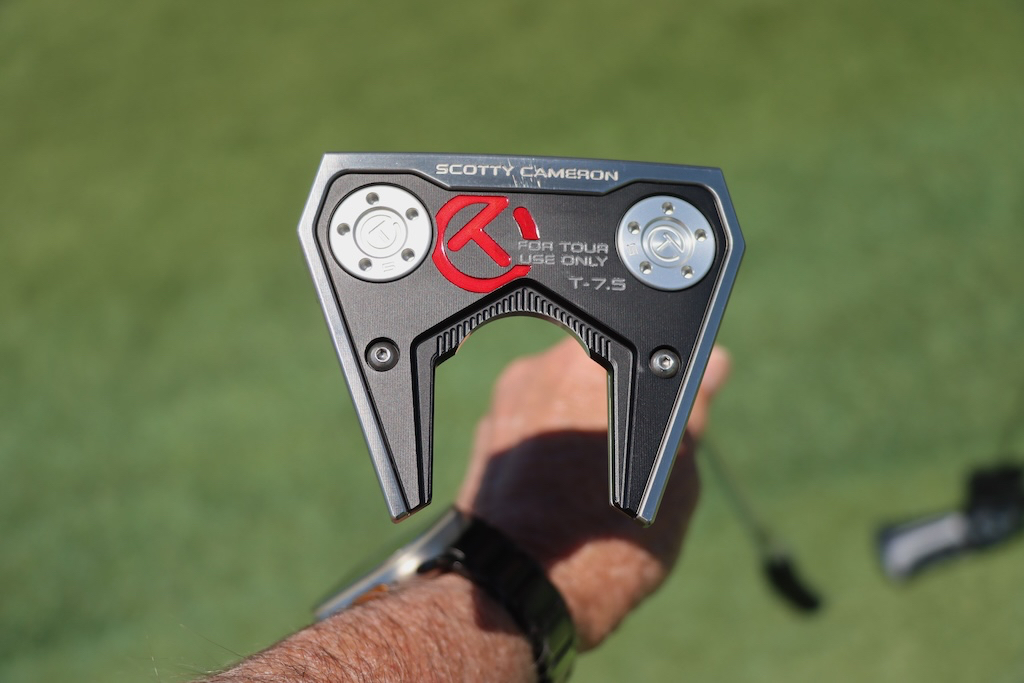
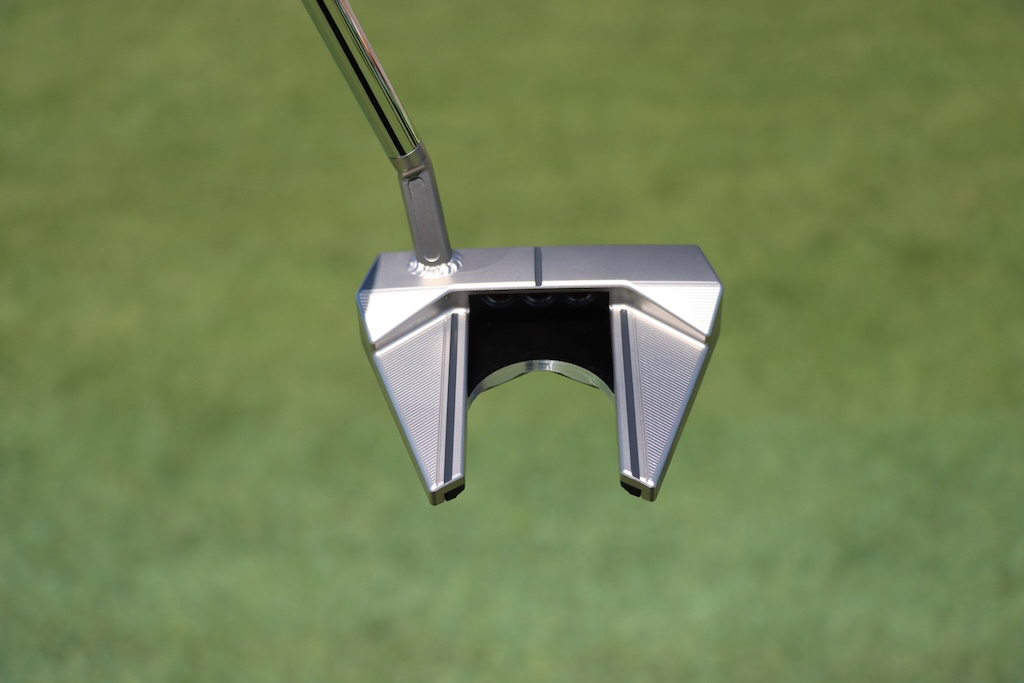
Alex Fitzpatrick’s Bettinardi SS16 DASS
Alex’s SS16 is made from Bettinardi’s famous D.A.S.S., or double-aged stainless steel, for a softer and more responsive feel. The face has a unique diamond pattern milling and features a logo that I feel like I have seen before, but can’t put a name to. The putter is a classic mid-mallet style with a simple, single white siteline on the top. The sole is clean with just the SS16, DASS, and a green triangle logo on it.
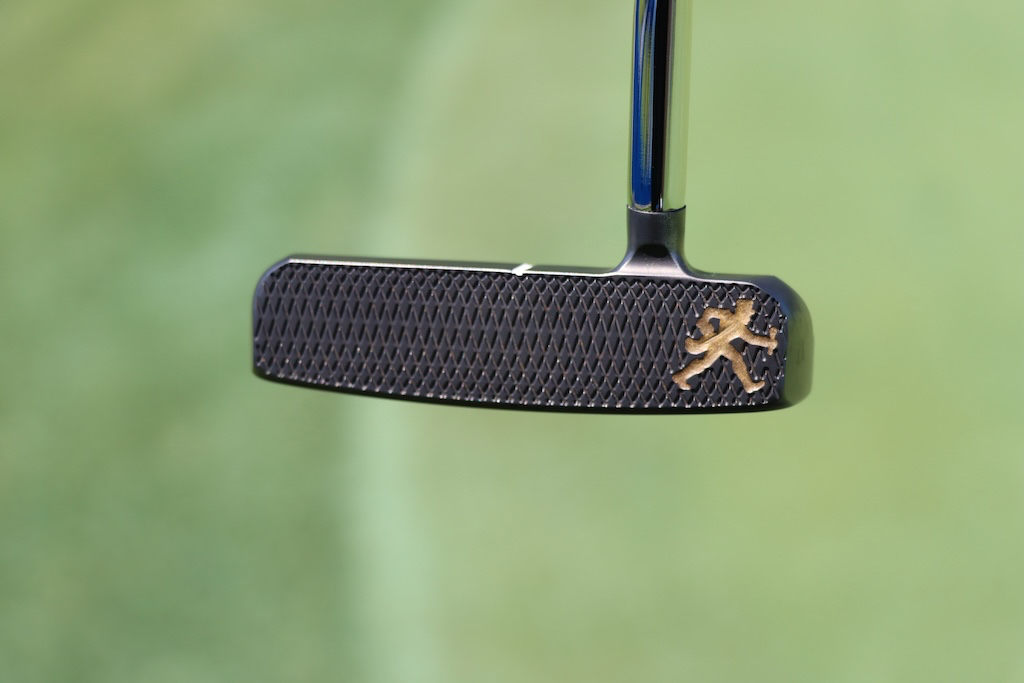
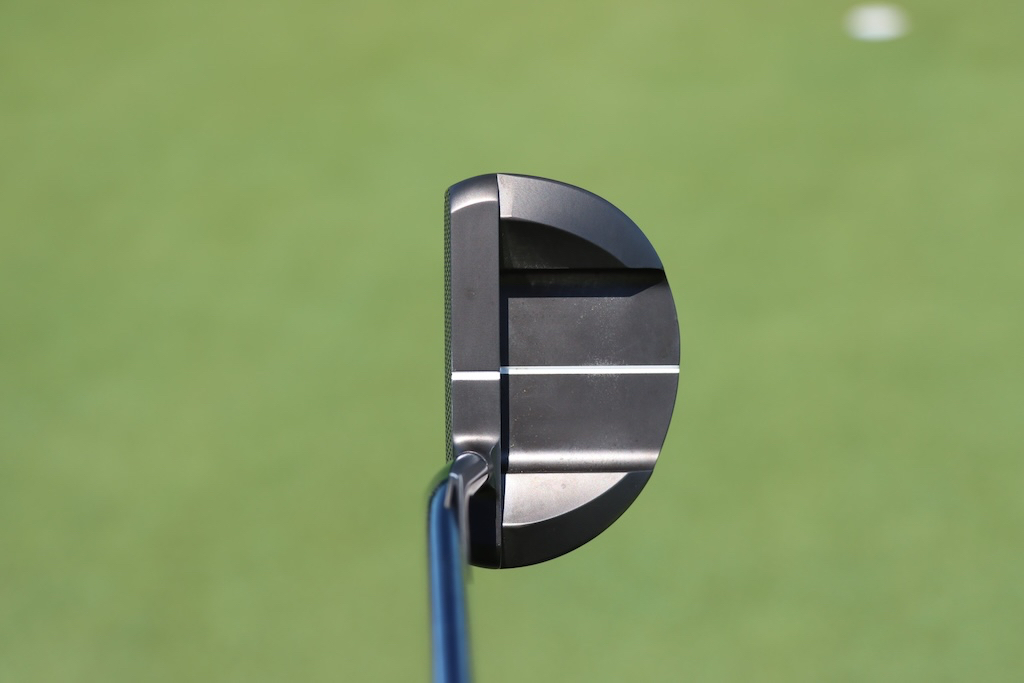

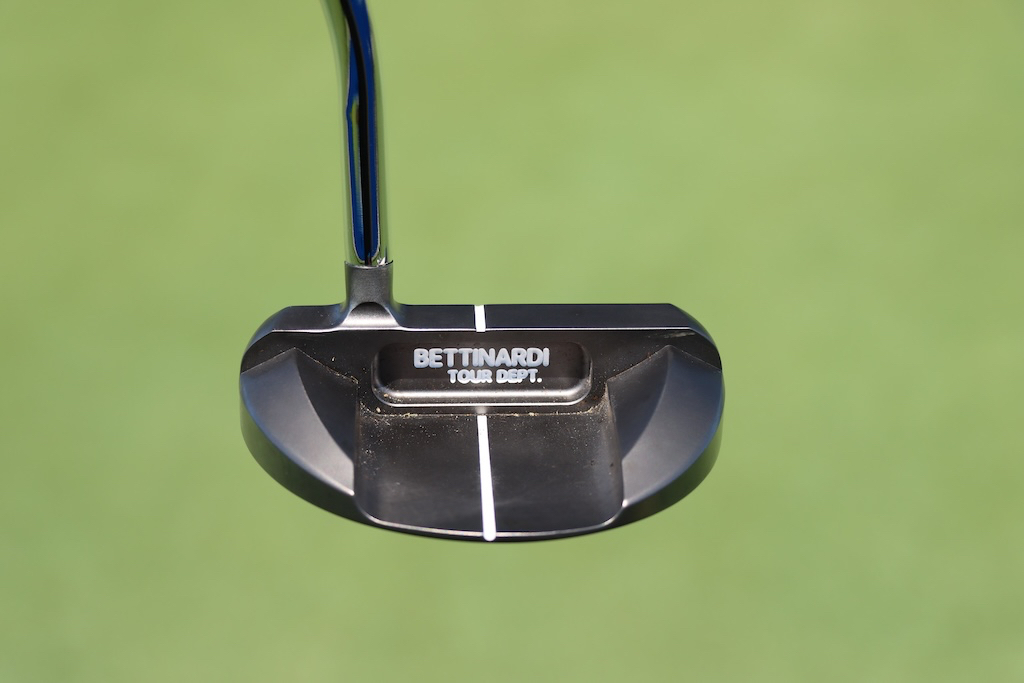
Steve Stricker’s Odyssey White Hot No. 2
This putter has made some amazing putts in its long career! Stricker’s White Hot No. 2 might be in the top 10 of most famous putters in golf. When you see all the dents and lead tape, you know the heel will be up and it will be sinking putts! The soft White Hot insert looks to be in good shape and has less wear on it than the rest of the putter. We don’t know how much lead tape is on the sole, but it has to be multiple layers compacted down over the years.
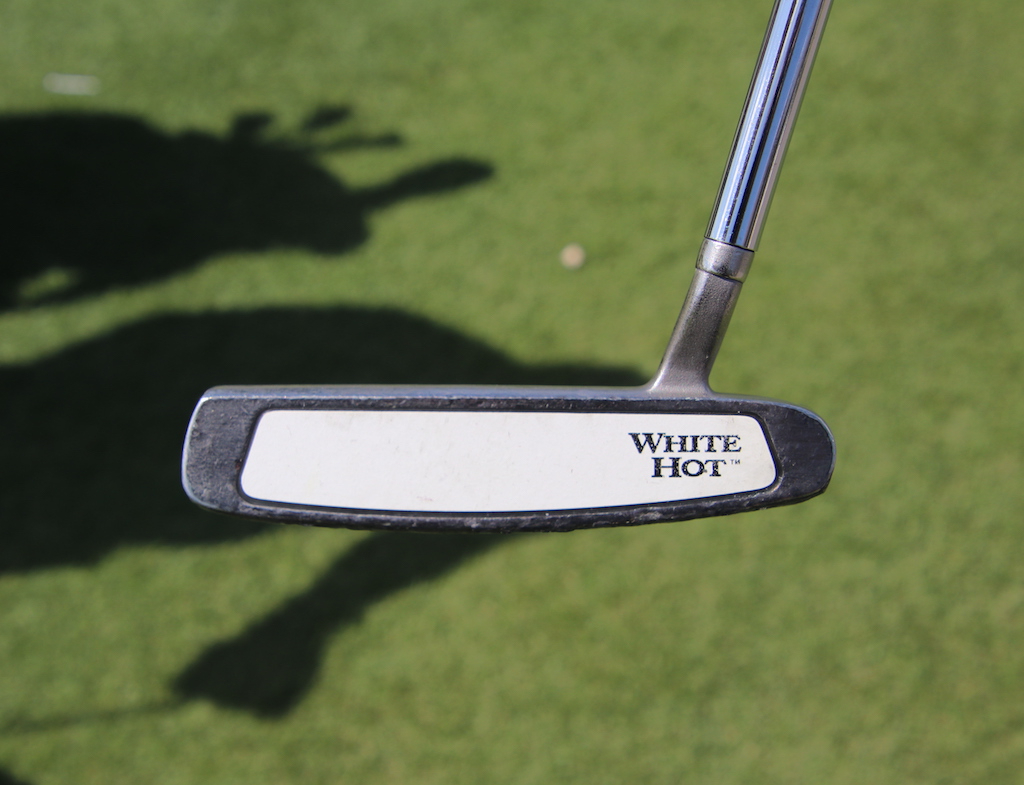


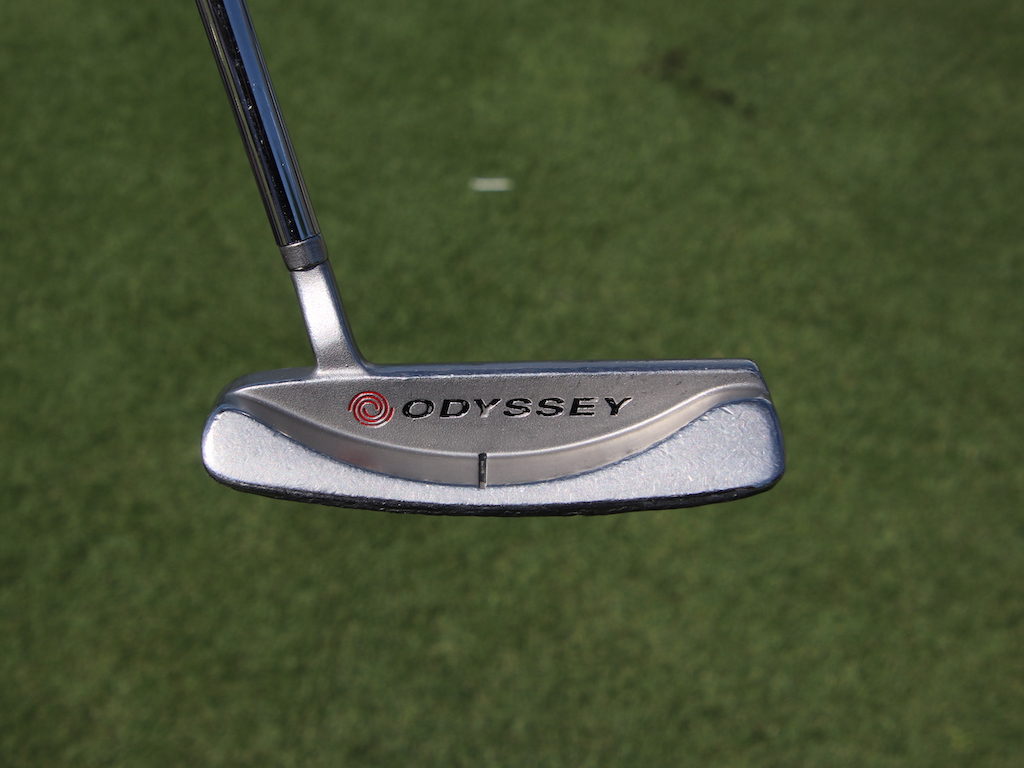
Doug Ghim’s Scotty Cameron T-7 Prototype
This T-7 should win the award for “best color finish” in this list with its deep chromatic bronze. It looks like Scotty added a cherry bomb dot to the heel of the deep-milled face and filled it with a very dark blue paint. The rest of the putter looks pretty stock with its single site line on the topline and twin site lines down the “fangs” of the putter. Twin 5-gram weights are installed in the sole and the putter is finished off with a gloss black double bend shaft with a fill shaft offset.
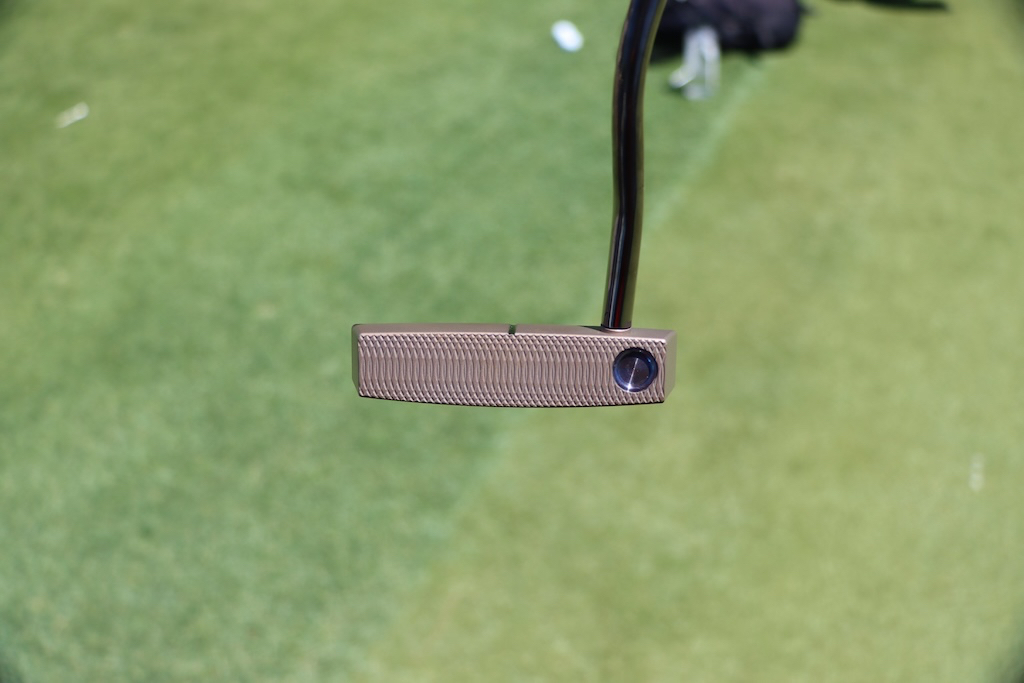
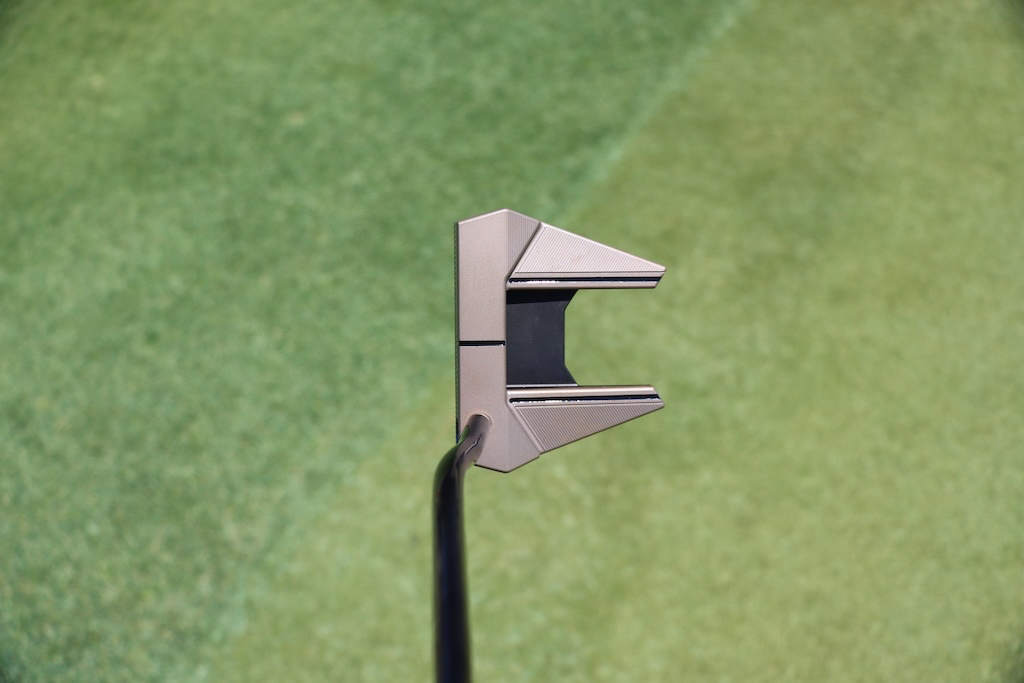
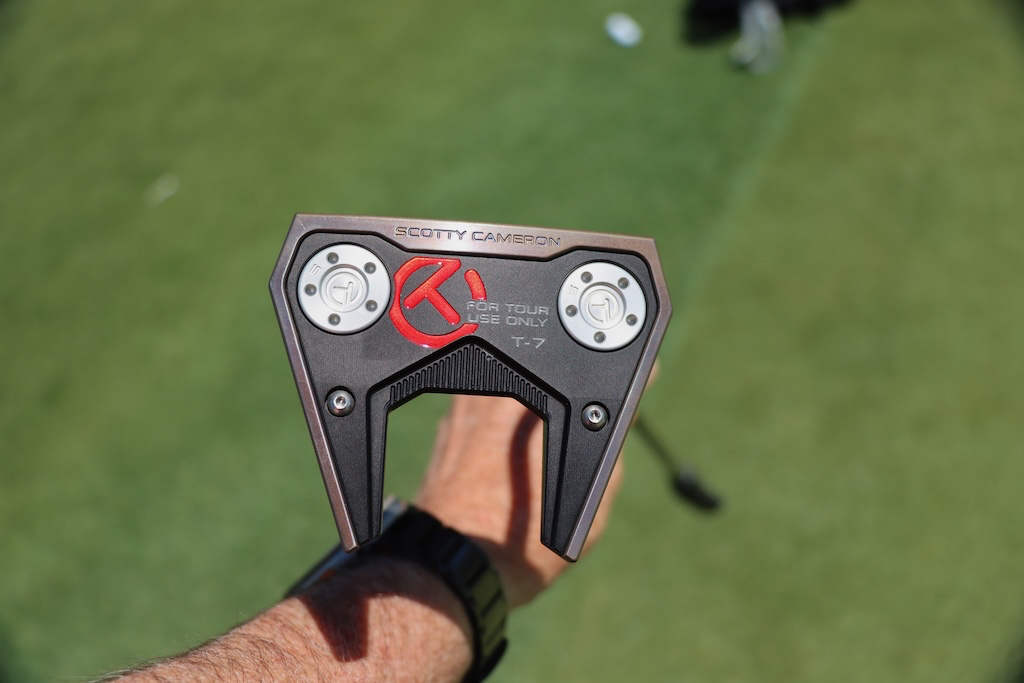
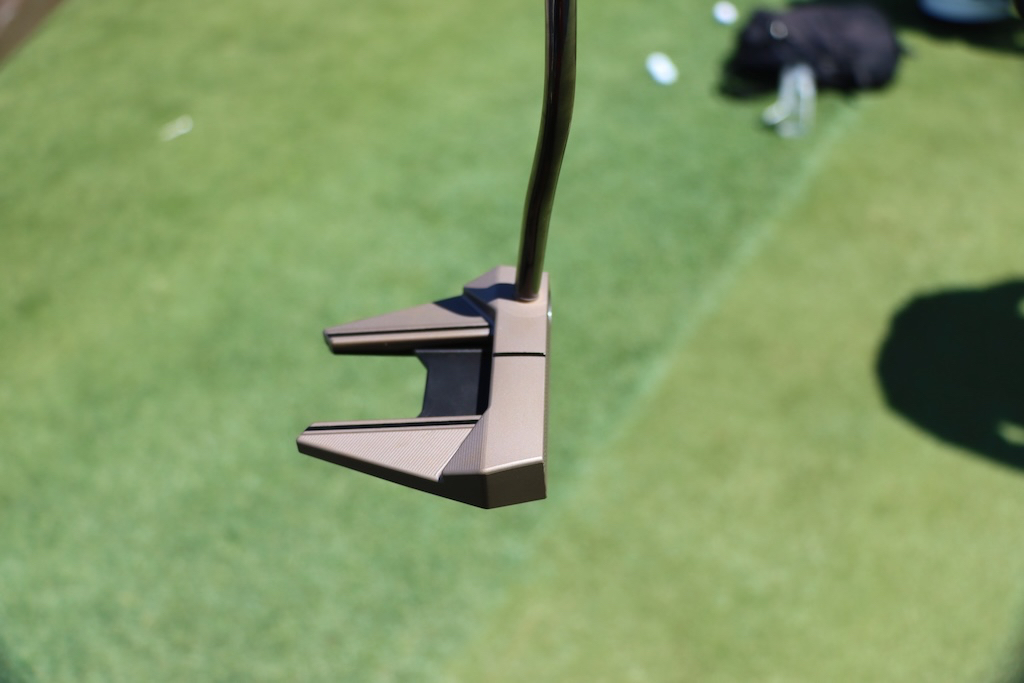
- Check out the rest of our photos from the 2024 Zurich Classic
- LIKE1
- LEGIT0
- WOW0
- LOL0
- IDHT0
- FLOP0
- OB0
- SHANK0
Equipment
Spotted: Project X Denali hybrid shaft
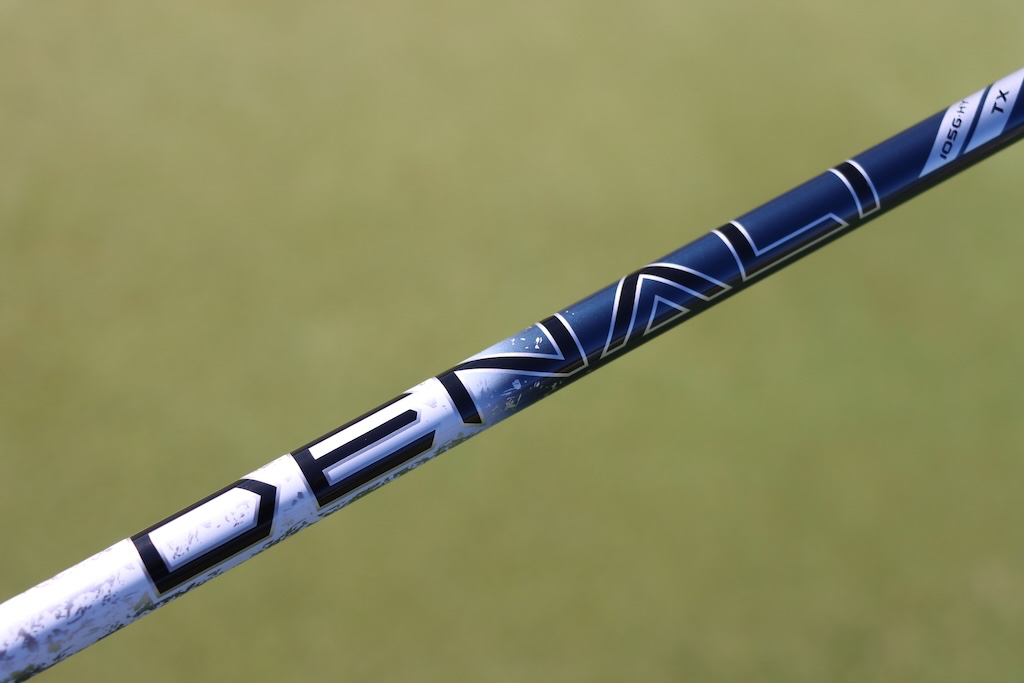
Project X’s Denali wood shafts have been seen in more and more golf bags this year as we start off the season. As a refresher, Denali Blue is the mid-launch and mid-spin model while Denali Black is for players seeking lower launch and spin.
Denali combines great feel with stability and increased ball speed. Currently, Project X only offers Denali Blue and Black in wood shafts, but we spotted a hybrid shaft in Daniel Berger’s bag at the 2024 Zurich Classic.
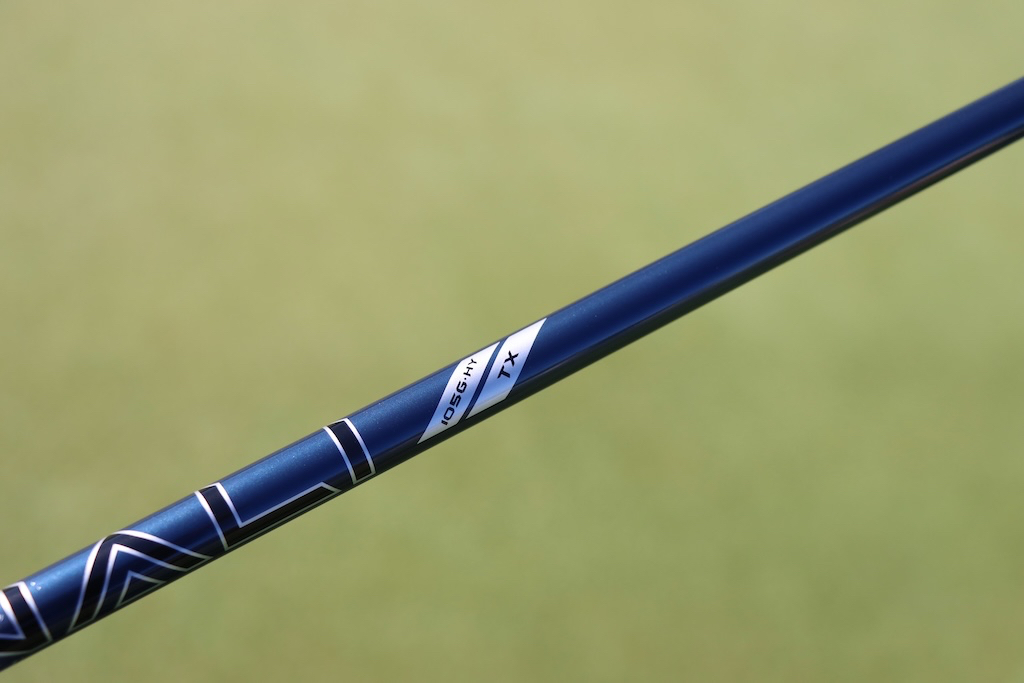
The shaft looks to be a Denali Blue 105G – HY in TX flex. No word on details from Project X yet but we can assume that this is a mid-launching shaft that weighs around 105 grams in Tour X-Stiff flex.
Berger has this shaft in his TaylorMade P770 3-iron, likely for some added launch and spin to hold the green from longer distances.
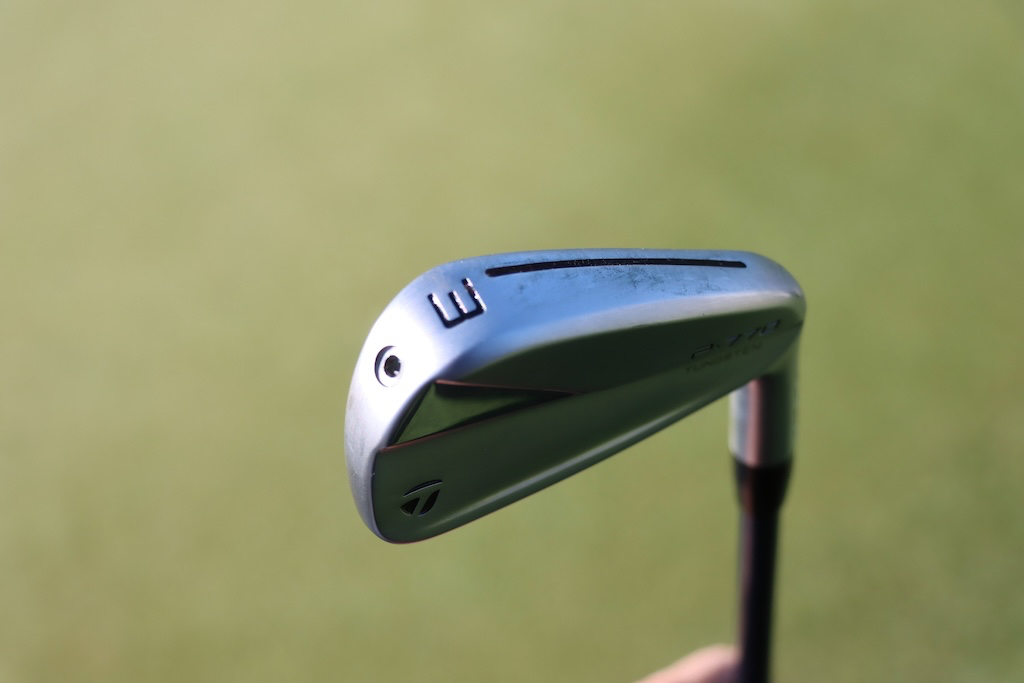
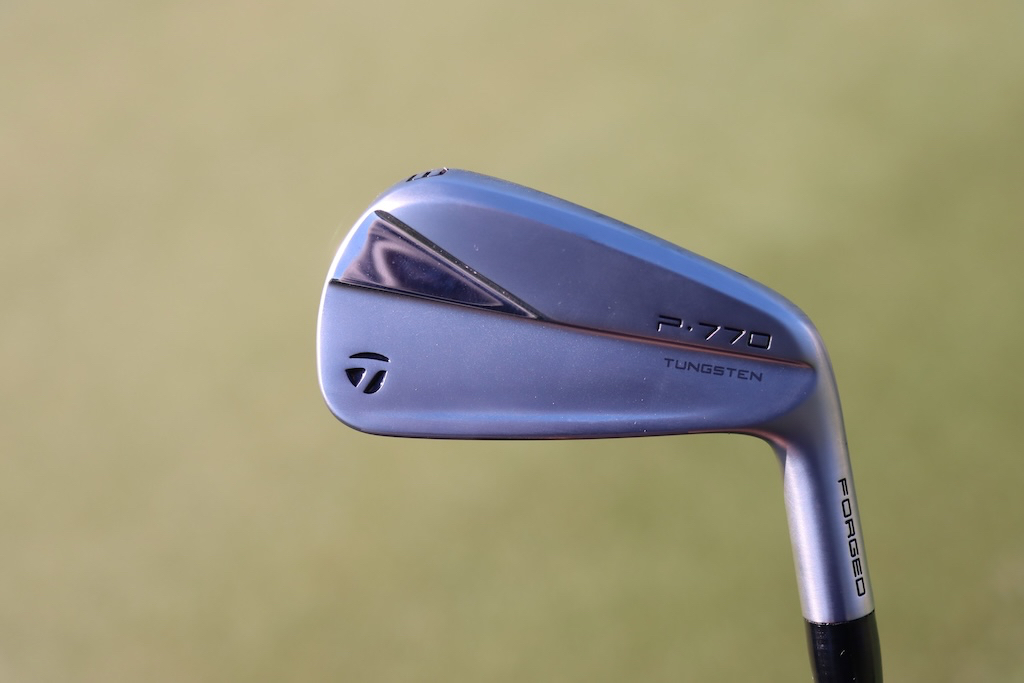
Hopefully, this means we will see some more shafts coming under the Denali name in the future, as I think many of us would like to try one in a hybrid or utility iron!
- Check out the rest of our photos from the 2024 Zurich Classic
- Check out in-hand photos of Daniel Berger’s full WITB here.
- LIKE0
- LEGIT0
- WOW0
- LOL0
- IDHT0
- FLOP0
- OB0
- SHANK0
-

 19th Hole2 weeks ago
19th Hole2 weeks agoDave Portnoy places monstrous outright bet for the 2024 Masters
-

 19th Hole3 days ago
19th Hole3 days agoJustin Thomas on the equipment choice of Scottie Scheffler that he thinks is ‘weird’
-

 19th Hole2 weeks ago
19th Hole2 weeks agoTiger Woods arrives at 2024 Masters equipped with a putter that may surprise you
-

 19th Hole3 days ago
19th Hole3 days ago‘Absolutely crazy’ – Major champ lays into Patrick Cantlay over his decision on final hole of RBC Heritage
-

 19th Hole2 weeks ago
19th Hole2 weeks agoTwo star names reportedly blanked Jon Rahm all week at the Masters
-

 19th Hole1 week ago
19th Hole1 week agoReport: LIV Golf identifies latest star name they hope to sign to breakaway tour
-

 19th Hole1 week ago
19th Hole1 week agoNeal Shipley presser ends in awkward fashion after reporter claims Tiger handed him note on 8th fairway
-

 19th Hole1 week ago
19th Hole1 week agoBrandel Chamblee has ‘no doubt’ who started the McIlroy/LIV rumor and why





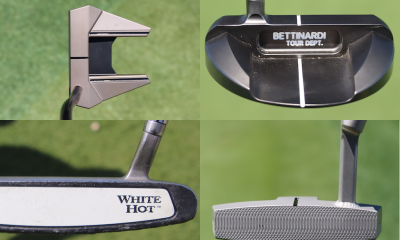



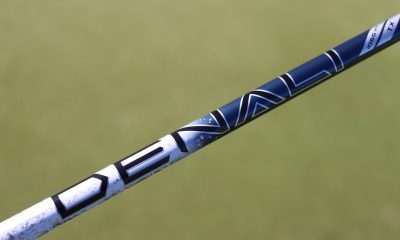














Pingback: Club Champion Master Club Builders discuss the craft – GolfWRX
Frank
Sep 14, 2021 at 8:23 am
Totally agree with Bill above. Overall, I’d rate this article a “flop” at best. Didn’t learn a thing.
MCoz
Sep 14, 2021 at 3:34 am
People have to be open to what works best for each individual. And most often the best putter head and fit is nothing like what they think they should putt with. I have worked on fitting putters as a side favor for putter manufacturers and the players for several years across the country. Most of the time someone can become a better putter but they have to start with a “clean sheet” and an open mind. Often their “favorite” model doesn’t fit the player at all. Overlooked is the players vision and their dominent eye can play a part also. It can be much different than other club fittings and no less important, maybe more so!
William Dutton
Sep 13, 2021 at 11:35 pm
this should be marked as an advert for club champion I didn’t learn anything at all about putter fitting.
“we use SAM put lab and sell you a putter’
Mike
Sep 13, 2021 at 8:24 pm
This was a useless article it’s stating the obvious who doesn’t know to get fit.